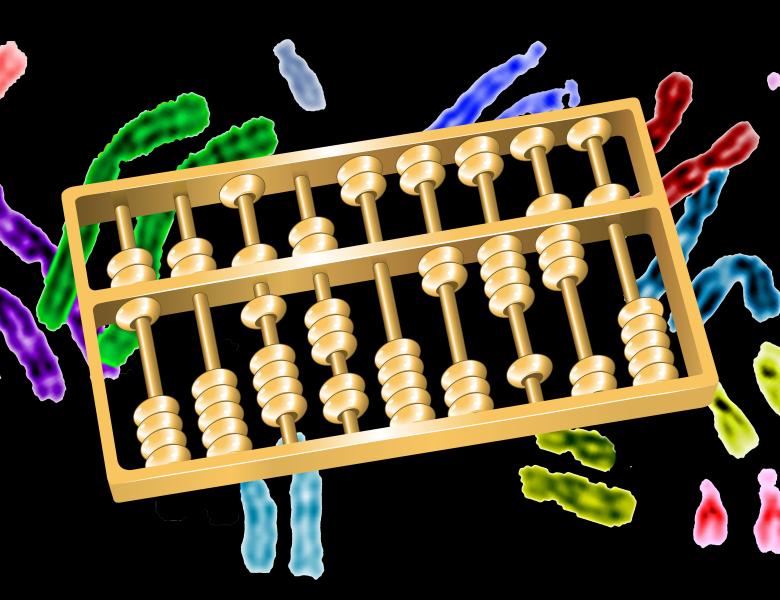Genetic diversification and clonal selection are thought to underlie tumor progression and resistance, but their dynamics are poorly characterized. Although direct observations of human tumor growth are impractical, tumors encode their ancestries in the form of somatic alterations acquired during cell division, which can be exploited through multi-region sampling to infer their evolutionary trajectories. Recently, we described a novel ‘Big Bang’ model of primary human colorectal tumor growth, whereby after transformation, the neoplasm grows predominantly as a single expansion producing numerous intermixed sub-clones and where the timing of a mutation is the fundamental determinant of its frequency in the final tumor. This new model is compatible with effectively neutral evolution and explains the origins of intra-tumor heterogeneity and the dynamics of colorectal tumor growth with implications for earlier detection, treatment resistance and metastasis. I will describe extensions of this work and our spatial computational model of tumor growth and statistical inference framework to delineate mechanisms of tumor progression and the importance of accounting for tumor growth dynamics when inferring tumor subclonal architecture.
